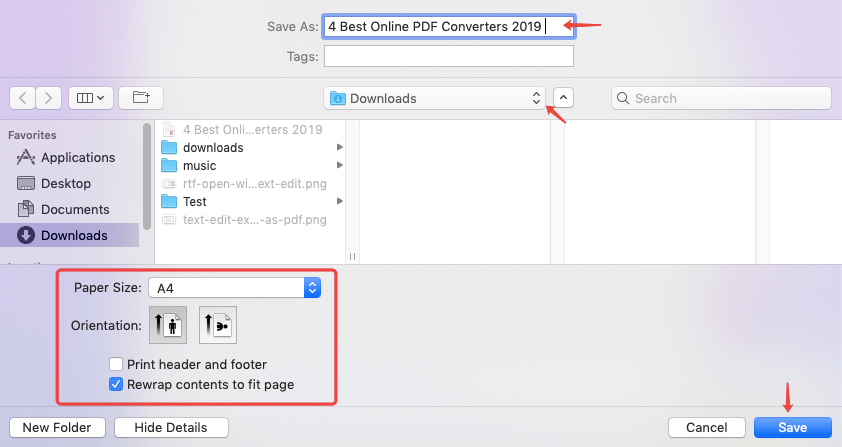

Navigate to your source file and check Show Import Options at the bottom of the window. Then click away from the frames, onto the pasteboard. UNLIMITED DOWNLOADS: 50 Million+ Fonts & Design Assets DOWNLOAD NOW

In your word-processing software, you should choose to Accept All Changes if the document has a number of tracked changes or notes.

This is the preferred method used by InDesign professionals when dealing with long documents, such as books, reports or catalogues.īefore you place the source file, you should be sure to clean the file of any potential ‘junk’ that might disrupt the import of the text. to import the text from an existing source file, like a Word or Pages document, by using the Place function (this can maintain the formatting of the original document).Option B: Import Text from a Word-Processing ApplicationĪ third option for inserting large quantities of text is: This method potentially gives you more control over the formatting of the text, but you have to define Styles etc in InDesign, and this can be time-consuming. The text will adapt to the default style that has been applied to the InDesign text frame.

If we simply copy and paste the content from the Pages document into our InDesign document, the formatting will be lost, only the paragraph structure of the chapter will be maintained. Some text formatting, such as font choice, font size, first-line indents and text alignment have been applied to the document. This shows an original source file created in Microsoft Word, and is the opening chapter of the classic novel, Alice in Wonderland.


 0 kommentar(er)
0 kommentar(er)
